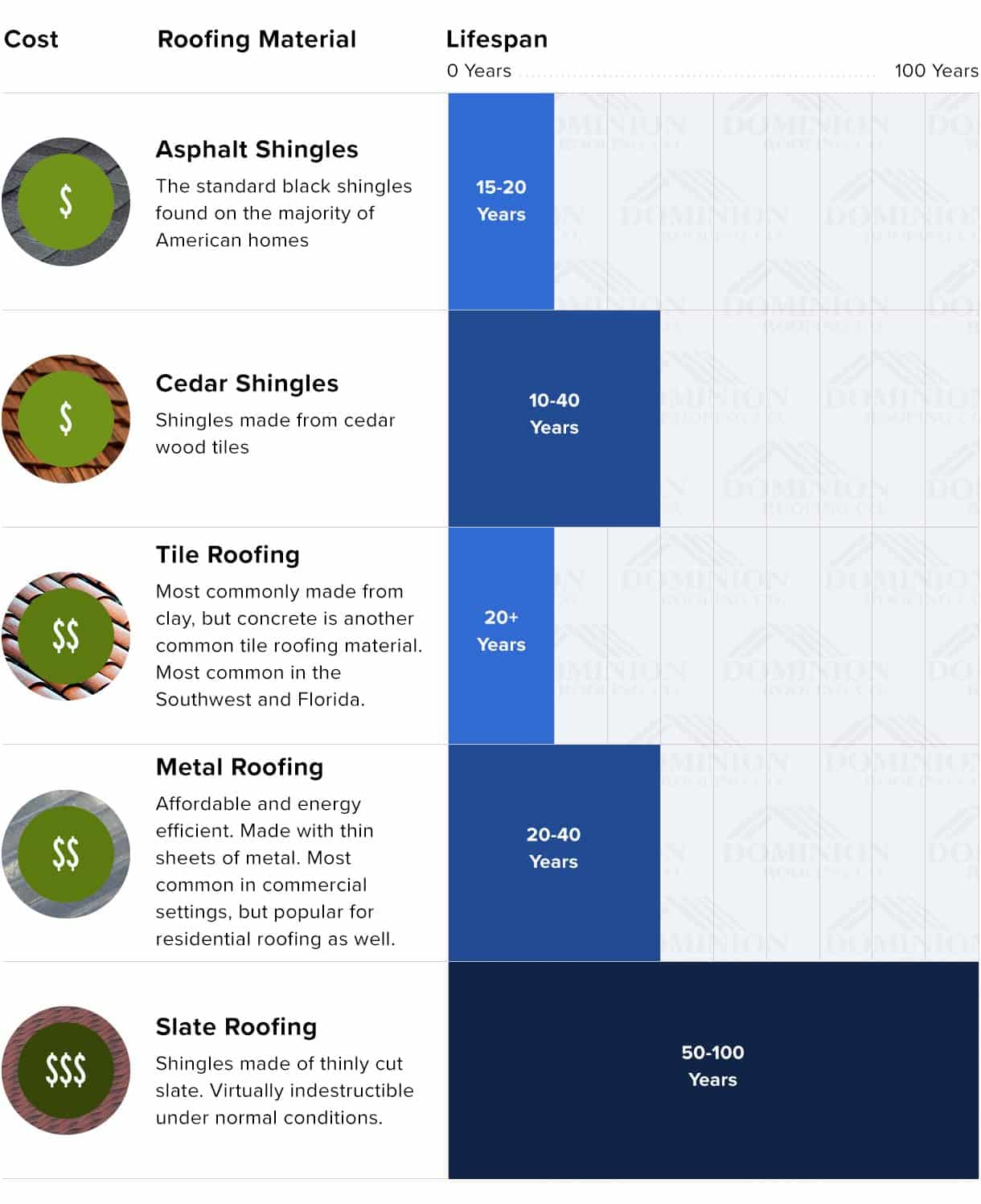Ignoring The Significance Of Roof Air Flow Can Lead To Significant Damage; Recognize The Vital Elements That Assist In A Successful Installation And Secure Your Financial Investment
Ignoring The Significance Of Roof Air Flow Can Lead To Significant Damage; Recognize The Vital Elements That Assist In A Successful Installation And Secure Your Financial Investment
Blog Article
Authored By-Morrow Thomsen
When you're tackling a roof covering task, you may not think much regarding roofing system ventilation, but it's even more critical than you realize. Effective ventilation assists manage temperature level and wetness in your attic room, avoiding issues like mold and structural damages. By understanding how to design and mount a balanced air flow system, you can boost energy efficiency and extend the life-span of your roof materials. So, what are the crucial elements to think about throughout installation that can make all the difference?
Importance of Roofing System Ventilation
Roof covering ventilation plays an important duty in preserving the overall health and wellness of your home. By allowing fresh air to flow via your attic, it aids regulate temperature level and wetness levels. This equilibrium is vital to protect against heat build-up during hot months, which can result in boosted energy prices as your air conditioning burns the midnight oil.
Additionally, proper ventilation considerably reduces the risk of moisture-related problems like mold and mildew. If moisture levels increase, your home's architectural integrity can be compromised, causing pricey repair work. You would not wish to manage deteriorating wood or deformed roof covering products, right?
Additionally, adequate ventilation extends the lifespan of your roofing system. When warm and wetness are kept in check, your roof can execute optimally, stopping premature deterioration. This implies less migraines and costs down the line.
How Roof Covering Ventilation Works
Reliable roofing system air flow relies upon the all-natural motion of air to develop a balance in between intake and exhaust. When you mount vents, you're basically permitting fresh air to enter your attic while enabling hot, stale air to escape. This process helps regulate temperature level and dampness degrees, avoiding concerns like mold and mildew growth and roofing system damages.
Intake vents, usually found at the eaves, pull in cool air from outside. Meanwhile, exhaust vents, located near the ridge of the roofing, let hot air rise and leave. The difference in temperature level creates a natural air flow, referred to as the pile effect. As cozy air rises, it develops a vacuum cleaner that draws in cooler air from the lower vents.
To https://www.enr.com/articles/50119-what-fraud-charges-reveal-about-rescue-loans-and-a-fast-growing-florida-roofer , you need to make certain that the consumption and exhaust vents are appropriately sized and placed. If the intake is limited, you will not achieve the desired air flow.
Likewise, inadequate exhaust can catch warm and wetness, leading to possible damage.
Key Installment Factors To Consider
When mounting roof ventilation, numerous crucial factors to consider can make or damage your system's efficiency. First, you need to evaluate your roofing's layout. The pitch, shape, and materials all influence airflow and ventilation option. Ensure to select vents that fit your roofing kind and neighborhood environment problems.
Next, consider the placement of your vents. Preferably, you'll want a well balanced system with consumption and exhaust vents positioned for optimal airflow. Place consumption vents short on the roof and exhaust vents near the peak to urge a natural flow of air. This configuration aids protect against wetness buildup and promotes power performance.
Don't forget insulation. Correct insulation in your attic protects against heat from escaping and keeps your home comfy. Ensure that insulation doesn't obstruct your vents, as this can prevent air movement.
Last but not least, consider upkeep. Choose ventilation systems that are simple to gain access to for cleansing and examination. Regular upkeep guarantees your system continues to function properly gradually.
Conclusion
To conclude, roofing ventilation is essential for a successful setup. By guaranteeing appropriate air flow, you can prevent heat build-up and dampness problems that cause costly damages. When you tactically placement consumption and exhaust vents, you enhance power efficiency and lengthen the life-span of your roof covering. Remember, a well-ventilated roof not just shields your financial investment however additionally boosts your indoor air quality. So, https://emilianojfauq.aboutyoublog.com/35107911/how-to-keep-your-roof-important-tips-for-homeowners on ventilation to make certain a durable and cost-effective roofing system for your home.
